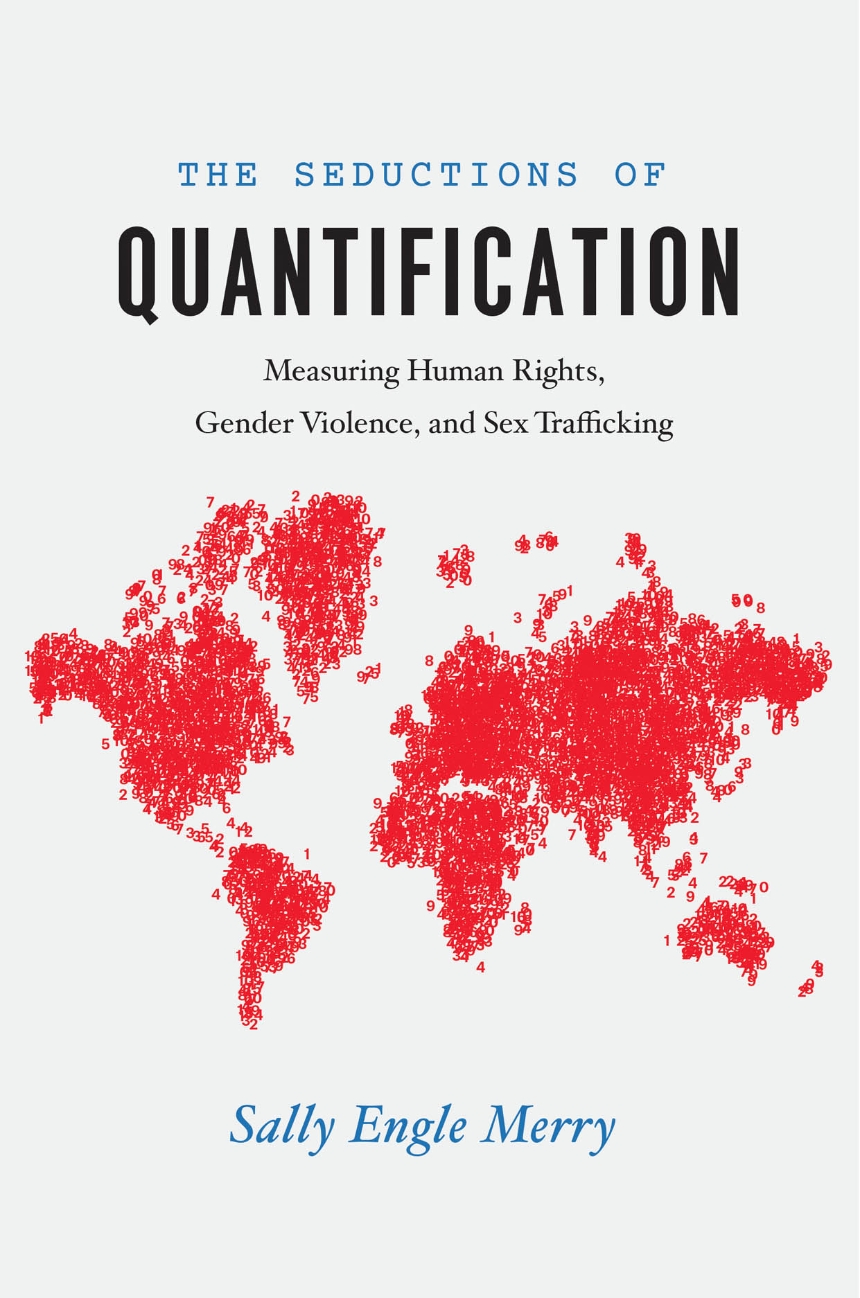The Seductions of Quantification
Measuring Human Rights, Gender Violence, and Sex Trafficking
The Seductions of Quantification
Measuring Human Rights, Gender Violence, and Sex Trafficking
With The Seductions of Quantification, leading legal anthropologist Sally Engle Merry investigates the techniques by which information is gathered and analyzed in the production of global indicators on human rights, gender violence, and sex trafficking. Although such numbers convey an aura of objective truth and scientific validity, Merry argues persuasively that measurement systems constitute a form of power by incorporating theories about social change in their design but rarely explicitly acknowledging them. For instance, the US State Department’s Trafficking in Persons Report, which ranks countries in terms of their compliance with antitrafficking activities, assumes that prosecuting traffickers as criminals is an effective corrective strategy—overlooking cultures where women and children are frequently sold by their own families. As Merry shows, indicators are indeed seductive in their promise of providing concrete knowledge about how the world works, but they are implemented most successfully when paired with context-rich qualitative accounts grounded in local knowledge.
Read the first chapter.
272 pages | 3 tables | 6 x 9 | © 2016
Chicago Series in Law and Society
Anthropology: Cultural and Social Anthropology
Law and Legal Studies: International Law, Law and Society
Reviews
Table of Contents
Acknowledgments
Chapter One: A World of Quantification
Chapter Two: Indicators as a Technology of Knowledge
Chapter Three: Measuring Violence against Women
Chapter Four: Categorizing Violence against Women: The Cultural Work of Commensuration
Chapter Five: Measuring the Unmeasurable: The US Trafficking in Persons Reports
Chapter Six: Knowledge Effects and Governance Effects of the Trafficking in Persons Reports
Chapter Seven: Human Rights Indicators: Translating Law into Policy
Chapter Eight: Conclusions
Notes
References
Index
